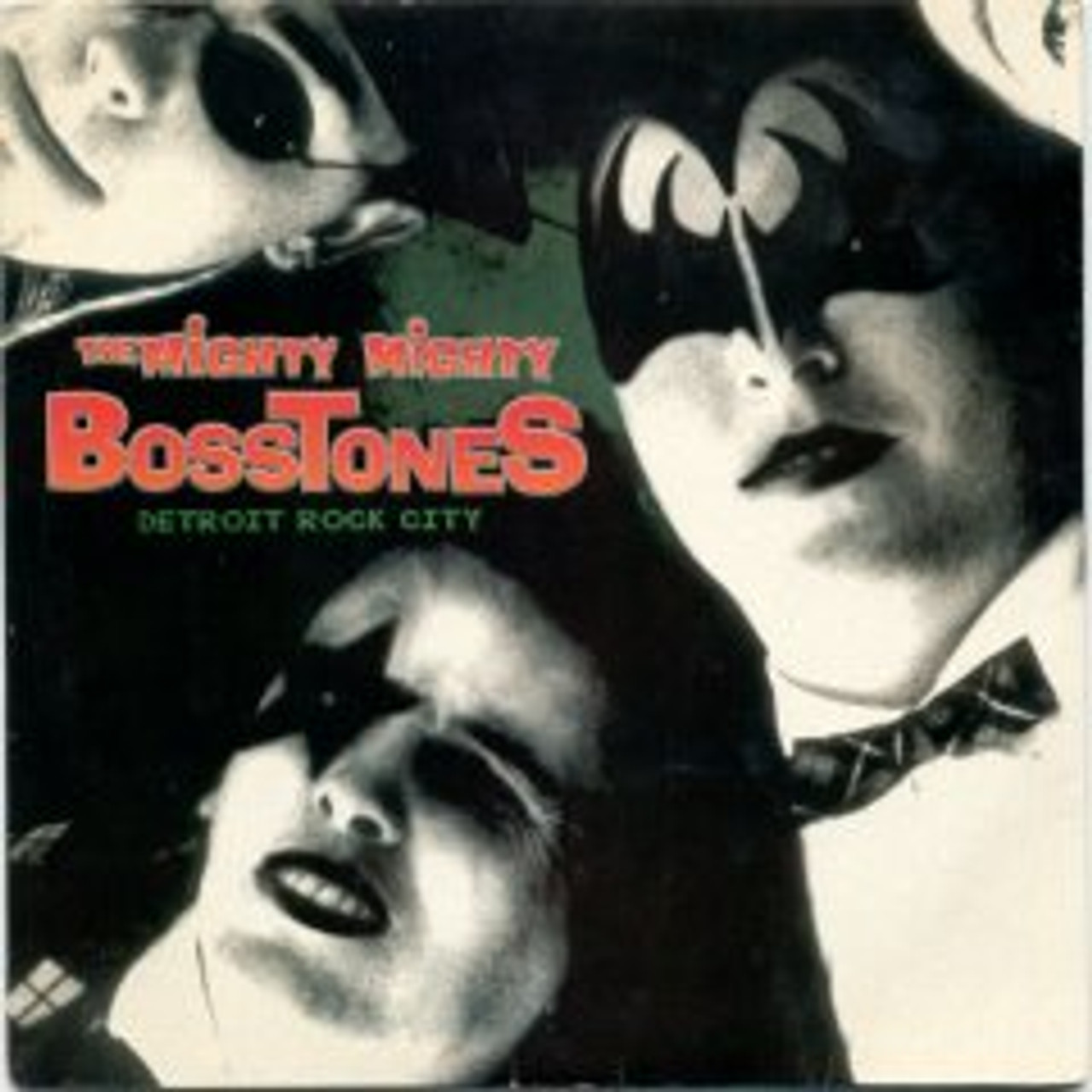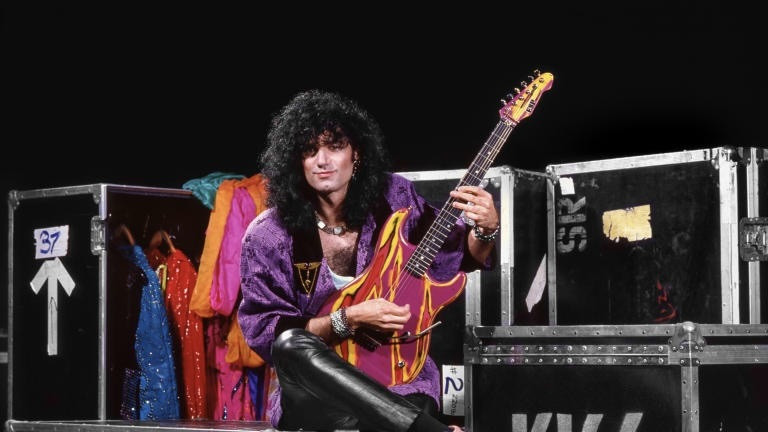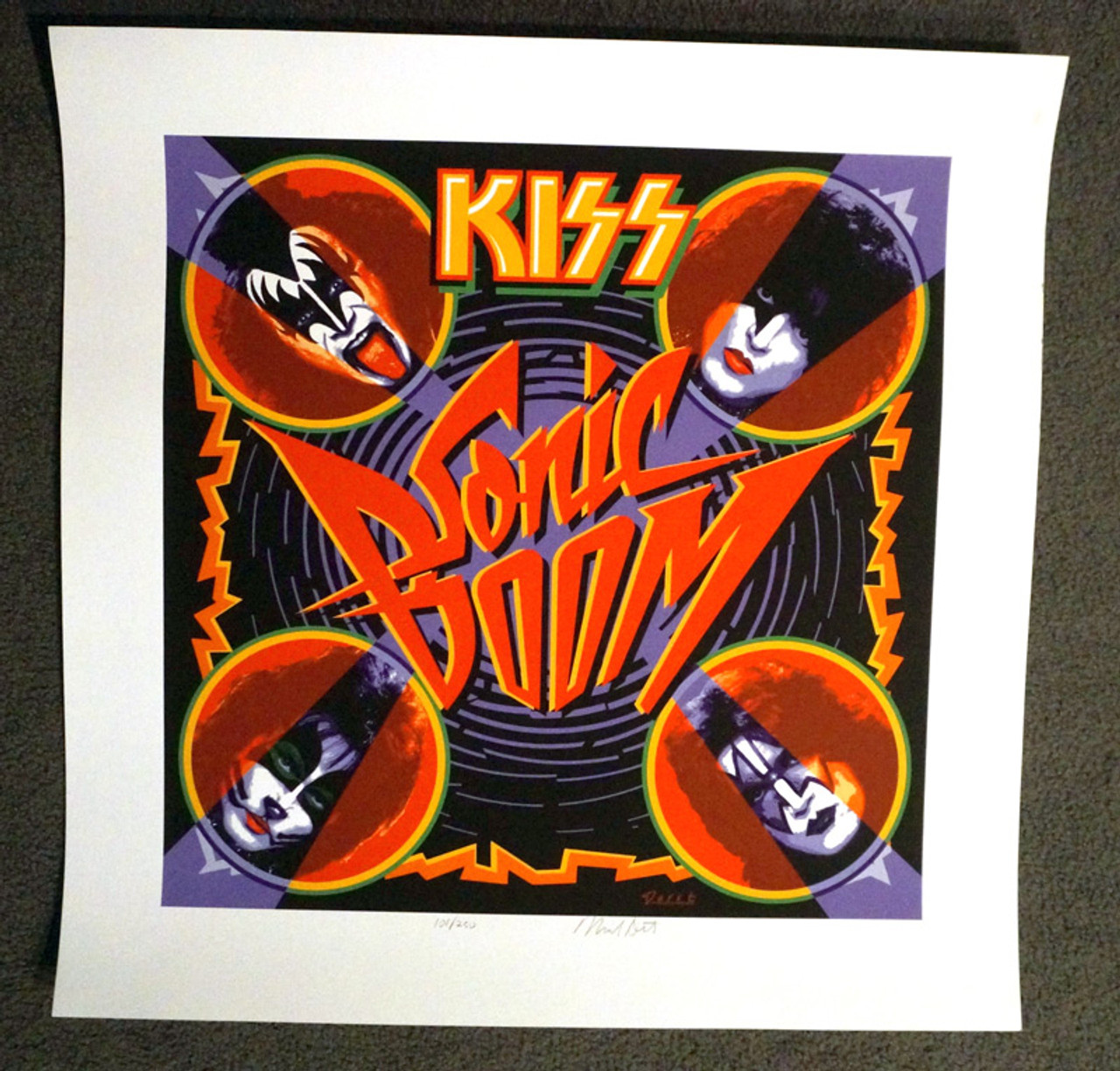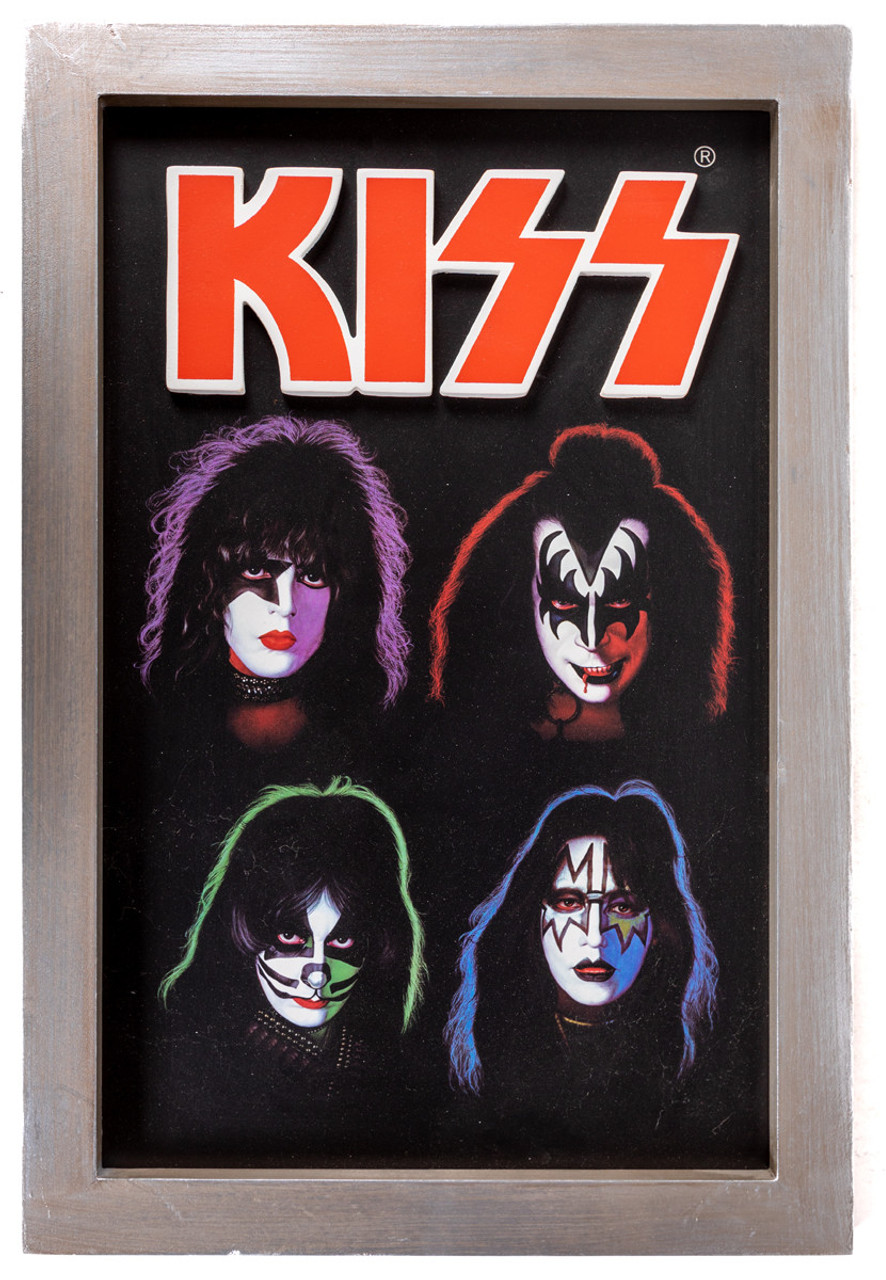
When the four members of Kiss made solo albums at the height of the band’s popularity in 1978, few people would have bet on Ace Frehley’s album being the most successful of them.
Lead guitarist Frehley hadn’t sung a lead vocal on a Kiss song until a year earlier.
In this band, it was rhythm guitarist Paul Stanley and bassist Gene Simmons who wrote and sang most of the songs – the most notable exception being the hit ballad Beth, which had been written and sung by drummer Peter Criss.
The Kiss solo albums were released simultaneously on 18 September 1978.
Paul Stanley’s was the closest to a regular Kiss album, with plenty of melodic hard rock songs.
The Gene Simmons album had some great Beatles-inspired tunes such as See You Tonite and featured A-list guest stars including Donna Sunmmer, Aerosmith guitarist Joe Perry and Simmons’ then-partner Cher.
The Peter Criss record was middle-of-the-road pop rock, sung in the style of Rod Stewart.
And the Ace Frehley album was a full-on hard rock banger.
But the guitarist also had an ace up his sleeve: a cover version of a glam rock song that would give him a huge hit single.
The song was New York Groove, written by former Zombies and Argent star Russ Ballard, and originally a top 10 UK hit for British band Hello.
As Frehley now recalls to MusicRadar, he didn’t think much of New York Groove until his producer Eddie Kramer talked him into recording it.
“I didn’t even want to record the song!” Ace laughs. “I didn’t think it was indicative of the other songs on my album. But Eddie Kramer kept pushing me to do it.”
Certainly, Kramer was a man worth listening to. He had worked with Jimi Hendrix, Led Zeppelin, The Rolling Stones and The Beatles.
Kramer had also enjoyed huge success with Kiss – producing the band’s breakthrough concert recording Alive! and its follow-up Alive II, plus the studio albums Rock And Roll Over and Love Gun.
For his solo album, Frehley enlisted Kramer as part of three-man skeleton crew.
“It was me, Eddie Kramer, and Anton Fig on drums,” Ace recalls. “We cut the record at a rented mansion in Connecticut.
“And we set up my amps in different rooms for different ambience. That was different than with Kiss.
“I especially liked using the library of the mansion because it was all wood and had a nice resonance and vibe, man. I recorded a lot there. It had a natural echo and a lot of natural ambience.
“I didn’t get to do that as much with Kiss, but while doing my solo album I really learned to use natural space because it sounded so great. The untrained ear might not be able to tell—but I can pick the difference out nine times out of ten.
“It was organic. It just happened. I loved being able to make an album like that, though I’ve never quite come close to it, save for my last album, 10,000 Volts. The fact that we went into the unknown and didn’t know how we’d set it up really defined how my first solo album sounds.
“We experimented. I loved working with Eddie Kramer because he was willing to go the extra distance, take the time to do things, and get a natural ambience from a marble bathroom or a wood library.
“I remember putting mics at the entrance of the mansion hanging from the second floor. We got huge sounds – nothing else sounds like that. That’s not studio trickery – it’s a real and fucking huge natural echo from the hallways.”
After the sessions at the mansion had finished, Frehley moved operations to New York City, where Ace was born and where Kiss was formed. And fitting it was there that he recorded New York Groove.
As he recalls: “We moved to the studio at Radio City Music Hall—which doesn’t exist anymore. We were doing overdubs on other tracks, and fine-tuning, that’s when New York Groove happened.
“I stepped out of my comfort zone with the funky guitar. I experimented. And that stomping around sound? That’s actual people stomping on actual boxes. Beyond that, I don’t really remember much else.
“It was just me, a Les Paul, and a Fender amp. I turned it to ten and just did what I always do. It was a true organic song—and that’s what made it work, I think.”









